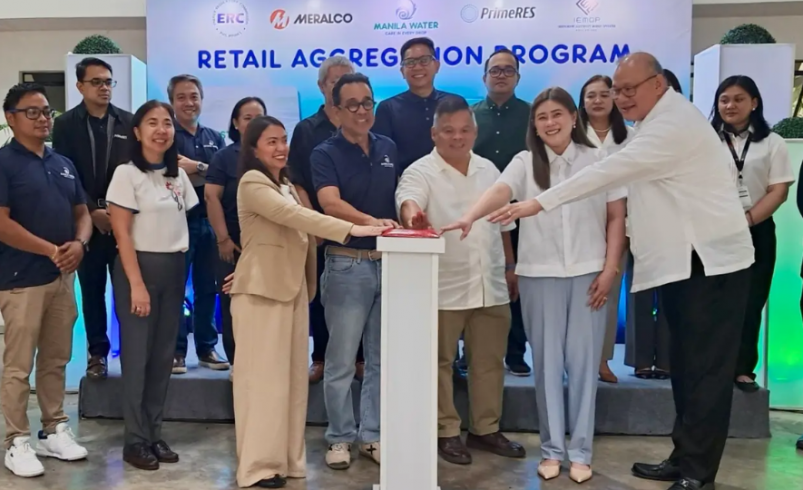Manila Water adds 56 more sites under ERC’s retail aggregation program
- October 13, 2025
- 0

Photo credit: Manila Water
Manila Water has transi
The newly switched facilities include 10 sites under Laguna Water, 45 under Estate Water operating across Bulacan, Cavite, Laguna, and Metro Manila, and the Manila Water Foundation’s La Mesa Ecopark—the first and largest ecopark to run entirely on renewable energy under RAP. Altogether, the latest transition represents a combined electricity demand of 1,682 kilowatts (kW).
The milestone, announced by the company on October 9, was marked by a switching ceremony at the La Mesa Ecopark in Quezon City, the fourth such event for Manila Water this year.
“Manila Water’s participation in RAP demonstrates its commitment to innovation and consumer empo
Montaner added that “since Manila Water’s first switching in February 2025, RAP participation has grown by 70%, a rate faster than RCOA, reflecting greater inclusivity and freedom of choice.”
With this latest expansion, Manila Water now sources electricity for 214 facilities with an aggregated demand of 11 megawatts (MW), all under PrimeRES Energy.
“This is all about the power of choice. We have 214 facilities switched now to RAP… and that’s very powerful because at the end of the day, we are held as a utility accountable to the costs that we charge our customers,” said Manila Water President and CEO Jocot De Dios. “We’ve tried to rethink our approach towards tariff and our customer base and really be as sufficient as possible.”
Manila Water first joined the enhanced RAP in February 2025, pioneering the country’s initial transition that consolidated ten wastewater facilities under a single energy supplier. The utility’s operating units have since scaled up aggregation efforts, including Laguna Aquatech’s 25 facilities and Laguna Water’s 67 facilities with a combined 4.3 MW demand. In May, Boracay Water became the first RAP participant in the Visayas region, switching 11 facilities covering water and wastewater operations.
Under the enhanced RAP framework, consumers can group the electricity requirements of facilities located within the same distribution utility area, enabling access to lower-cost energy options and reinforcing the competitive retail electricity market envisioned under the Electric Power Industry Reform Act (EPIRA).
How can wider adoption of retail aggregation reshape power sourcing for utilities and industries in the Philippines? Share your views and join the conversation.
Follow Power Philippines on Facebook and LinkedIn or join our Viber community for more updates.